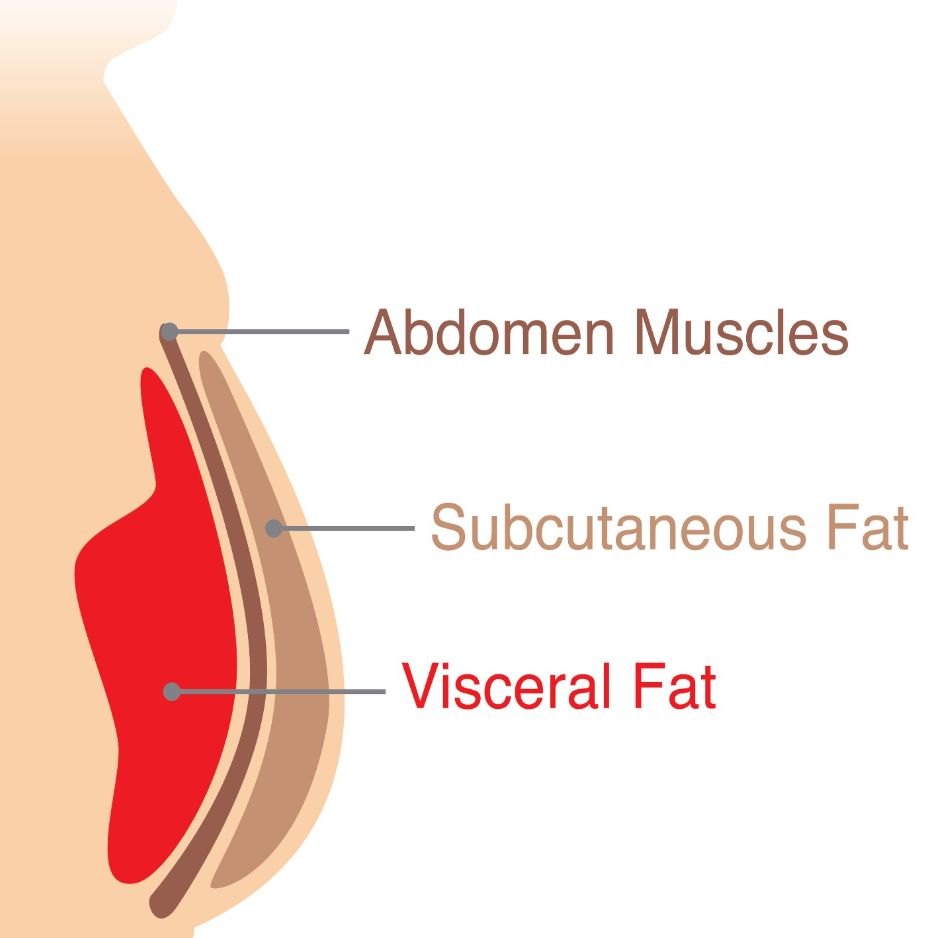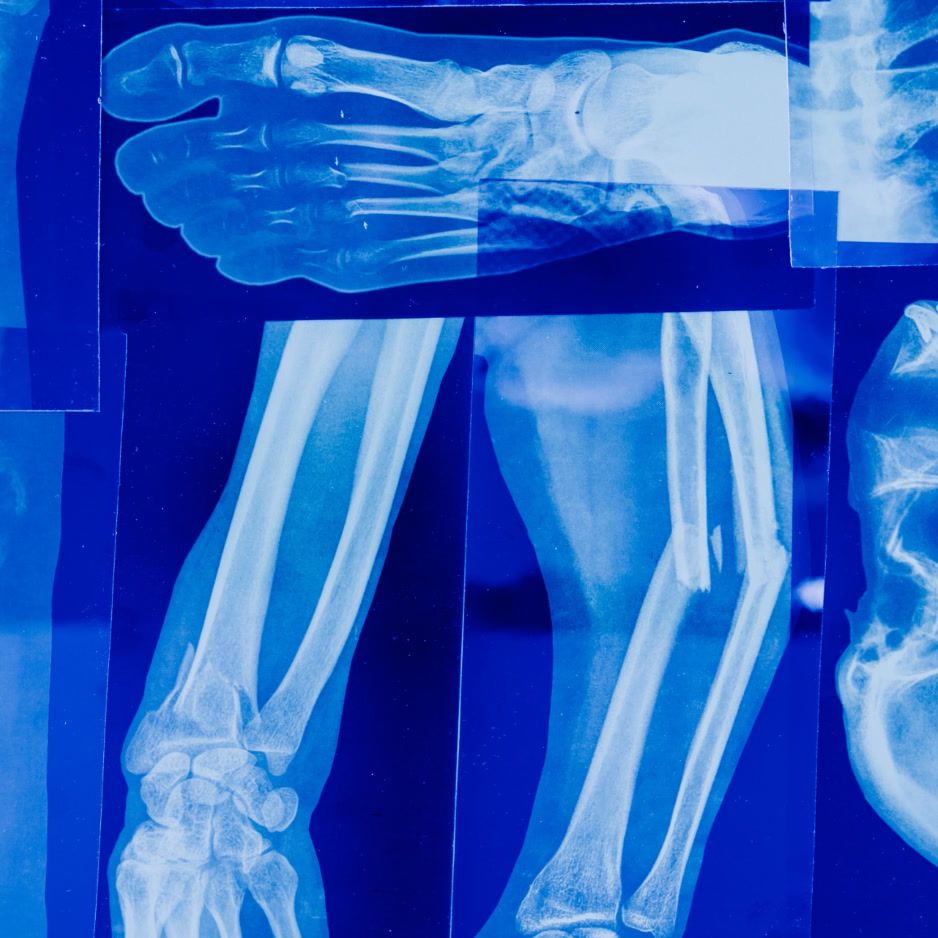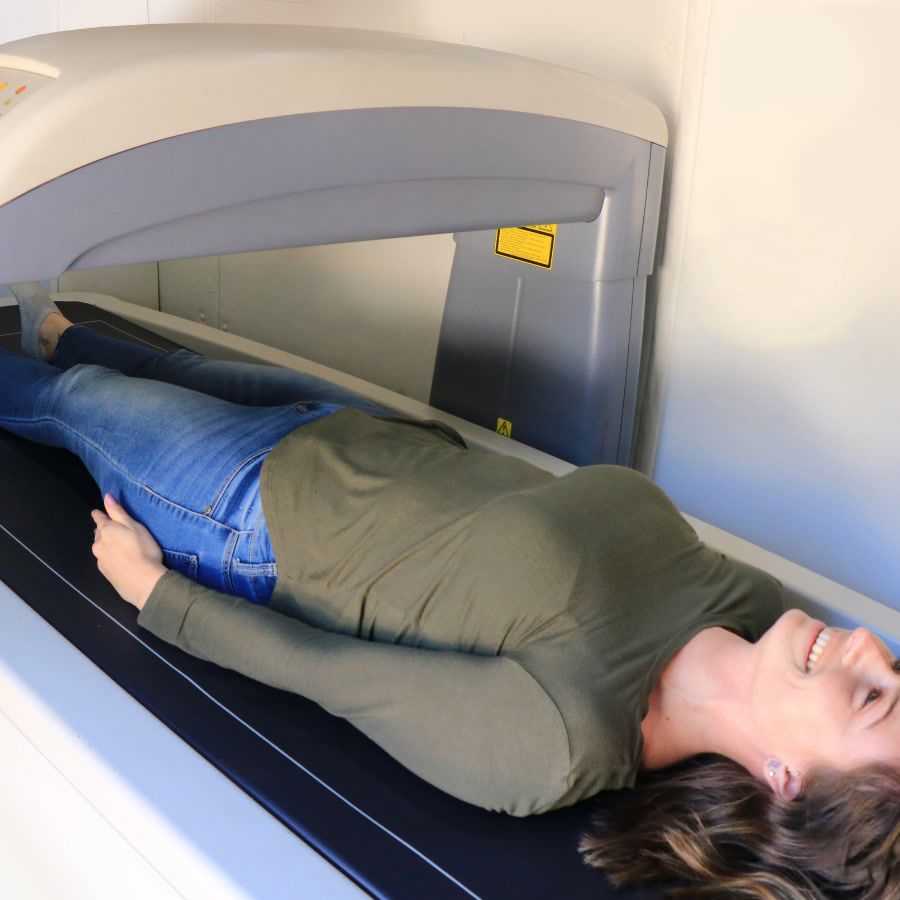Theragun Guide: Benefits, Models & How to Use
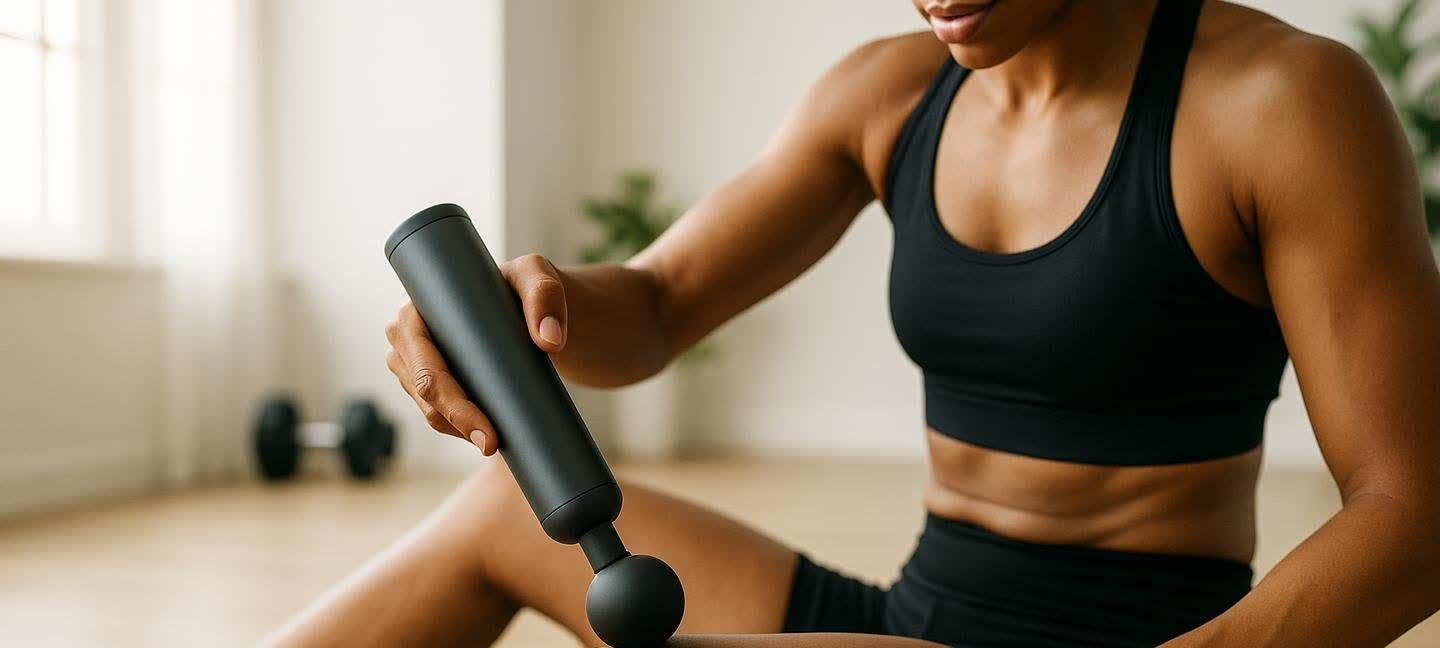
Theragun Guide: Benefits, Models & How to Use (2025)
If you’ve heard friends rave that a Theragun “melts soreness” or seen one in your gym’s training room, you’re not imagining the hype. Theragun (by Therabody) is a family of percussive massage devices that deliver rapid, targeted pulses to ease muscle tension, support mobility, and speed recovery—right from home.
Quick answer if you’re shopping:
- Best overall for most people: Theragun Prime (Gen 6) — powerful, ergonomic, with app guidance.
- Best budget/gift: Theragun Relief (~$159.99).
- Best for travel: Theragun Mini (Gen 3).
- Most power: Theragun PRO (max pressure, pro‑grade build, swappable batteries).
- Most features: Theragun PRO Plus (everything in PRO + heat, vibration, near‑infrared).
- Typical price range: ~$159.99–$649.99 depending on model (Therabody shop).
- Does it work? A 2024 randomized trial found percussive therapy reduced soreness and improved range of motion and jump performance at 48 hours versus stretching (Haiwei et al., 2024).
- How to use: 60–120 seconds per muscle group with light pressure; daily use is generally fine.
What is a Theragun, and how does it work?
A Theragun is a handheld device that uses fast, small up‑and‑down pulses to relax tight muscles and improve blood flow. Three details shape how it feels:
- Amplitude (depth): how far the head moves each hit. Many true percussion devices land around 10–16 mm; for example, Theragun Prime uses a 16 mm stroke, which feels notably “deep” (Switchback Travel).
- Stall force (push tolerance): how hard you can press before the motor stalls—higher on pro models.
- Speed (percussions per minute): how fast it pulses. Most people prefer a middle setting.
Theragun’s triangle handle makes it easier to reach tough spots.
Supported models also pair via Bluetooth for guided routines in the Therabody app (also noted in independent reviews like Garage Gym Reviews).
Evidence: What does the science say?
Randomized trial on soreness and performance
- A 2024 randomized controlled trial in active adults found percussive massage improved recovery from delayed onset muscle soreness (DOMS) more than static stretching. The longer 40‑minute percussion sessions led to lower pain, better knee range of motion, and improved jump performance at 48 hours compared with shorter sessions and stretching (Haiwei et al., 2024).
What it means: Percussive massage can help you feel and move better after hard training—especially when you give each area enough time.
Sleep and recovery markers (brand‑sponsored)
- In a Therabody × Biostrap Labs, five‑week observational study (73 adults), 87% fell asleep faster and 70% improved sleep efficiency; the press announcement reported an average 6% improvement in chronic HRV, a recovery indicator (PR Newswire).
What it means: Promising—but preliminary since it’s brand‑sponsored and not an RCT. A short pre‑bed routine may help some people wind down.
Who benefits from a Theragun?
- Athletes and lifters: quick warm‑ups, post‑lift cooldowns, and off‑day recovery.
- Runners and cyclists: calves, quads, glutes, and hip flexors before/after key sessions.
- Desk‑bound pros: upper traps, pecs, forearms, and hip flexors to undo “computer posture.”
- Wellness pros: portable adjunct between manual sessions; higher‑stall‑force models suit heavier pressure.
Not a medical device. If you have a diagnosed condition (e.g., blood‑clotting disorders, severe osteoporosis, acute injuries, or are pregnant), check with your clinician first.
Theragun model lineup: key differences and prices
Therabody updates the lineup regularly. Here’s a snapshot of popular models and who they fit best. Prices are MSRP at time of writing—check current promos at major retailers and the official Therabody shop.
| Model | Notable features | MSRP reference |
|---|---|---|
| Theragun Relief | Simple, 3 speeds; one‑button ease | $159.99 |
| Theragun Mini (Gen 3) | Pocketable, travel‑ready | $219.99 |
| Theragun Prime (Gen 6) | Deep feel, app routines, rugged build | $329.99 |
| Theragun Sense (Gen 2) | On‑screen guided routines; stress‑relief focus | $299.99 |
| Theragun Prime Plus | Adds integrated heat for muscle relaxation | $429.99 |
| Theragun PRO | For max pressure and swappable batteries | $529.99 |
| Theragun PRO Plus | Everything in PRO + heat, vibration, near‑infrared | $649.99 |
Spec tips: Exact amplitude, stall force, and speeds vary by model. Check the product page and trusted roundups for details and real‑world impressions (e.g., Switchback Travel, Garage Gym Reviews).
How to choose your Theragun in 30 seconds
- Tight budget or gifting: Relief
- Travel‑first, occasional use: Mini
- Best balance for most people: Prime (Gen 6)
- Love heat for stiff spots: Prime Plus
- For pros needing max pressure and swappable batteries: PRO
- For the ultimate model with every feature: PRO Plus
If you’re unsure, start with Prime: it delivers the hallmark Theragun feel at a friendly price, plus app guidance.
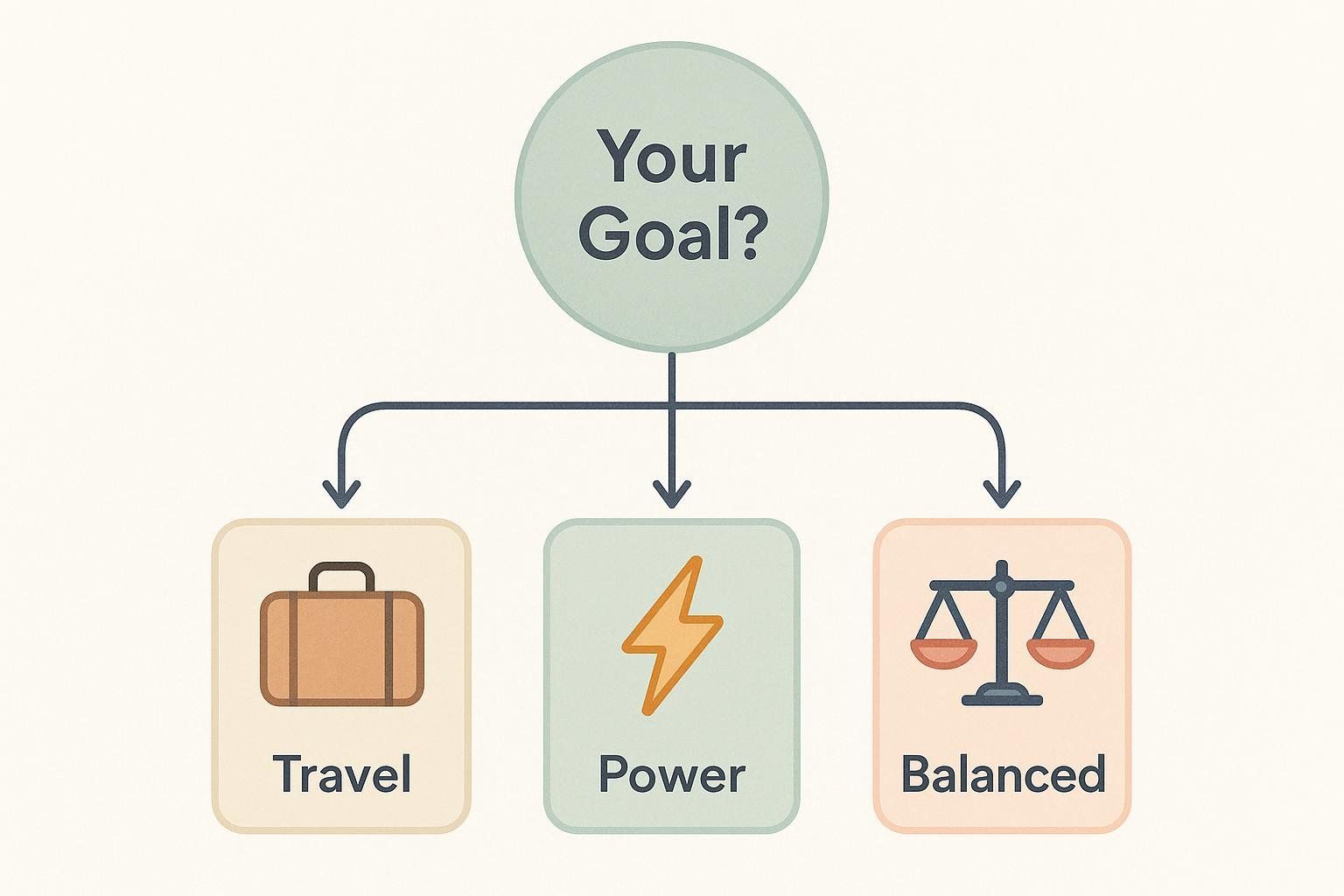
How to use a Theragun safely and effectively
General rules
- Stay comfy: Aim for 2–3 out of 10 on the discomfort scale; you should be able to breathe and relax.
- Time per area: 60–120 seconds is plenty for most muscles; move slowly.
- Angle and pressure: Let it float; add pressure gradually; avoid bony spots and joints.
- Frequency: Daily use is typically fine; rotate areas and skip acute injuries.
Starter routines (5–10 minutes total)
- Lower body: Calves → hamstrings → quads → glutes (45–60 seconds each side)
- Upper body: Pecs → lats → upper traps (avoid pressing on the neck) → forearms (30–45 seconds each)
- Desk reset: Pec minor (front of shoulder), upper traps, forearms; finish with gentle mid‑back passes (30–45 seconds each)
Pair percussive therapy with other recovery moves for best results:
- Foam rolling after workouts: benefits and a 10‑minute template
- Active recovery workouts (circulation without fatigue)
- Muscle soreness 101: causes, relief, prevention
Theragun vs. foam rolling: which is better?
They work differently and pair well:
- Theragun: fast, targeted pulses that quickly help tight muscles feel looser.
- Foam rolling: slower, broader pressure for sweeping larger regions (e.g., quads), great for “tissue prep.”
For most people, a quick percussive “wake‑up” plus a few strategic foam‑rolling passes delivers the best of both worlds.
FAQs
Does Theragun really help with soreness?
Often, yes—especially right after tough workouts. A recent randomized trial found better pain and movement at 48 hours vs. stretching.
Can Theragun improve sleep?
Maybe. Some brand‑sponsored data suggest faster sleep onset and better sleep efficiency after a short pre‑bed routine.
How often should I use it?
Daily is fine for most, but limit any single muscle group to 2–3 minutes and keep pressure comfortable. If an area feels tender the next day, take a break or reduce time/pressure.
Is Theragun safe for back pain?
For general muscle tightness, light passes over the mid‑back can feel great; avoid direct pressure on the spine and neck. For persistent or radiating pain, consult a clinician first.
Can I replace my warm‑up with Theragun?
Use it to **augment—not replace—**warm‑ups. Do a short percussive pass on tight areas, then add dynamic moves (e.g., leg swings, band pull‑aparts).
Track recovery the smart way
Feeling better is great—seeing objective change is better. BodySpec DEXA scans quantify lean mass, fat mass, and visceral fat, so you can confirm your recovery plan supports the adaptations you want.
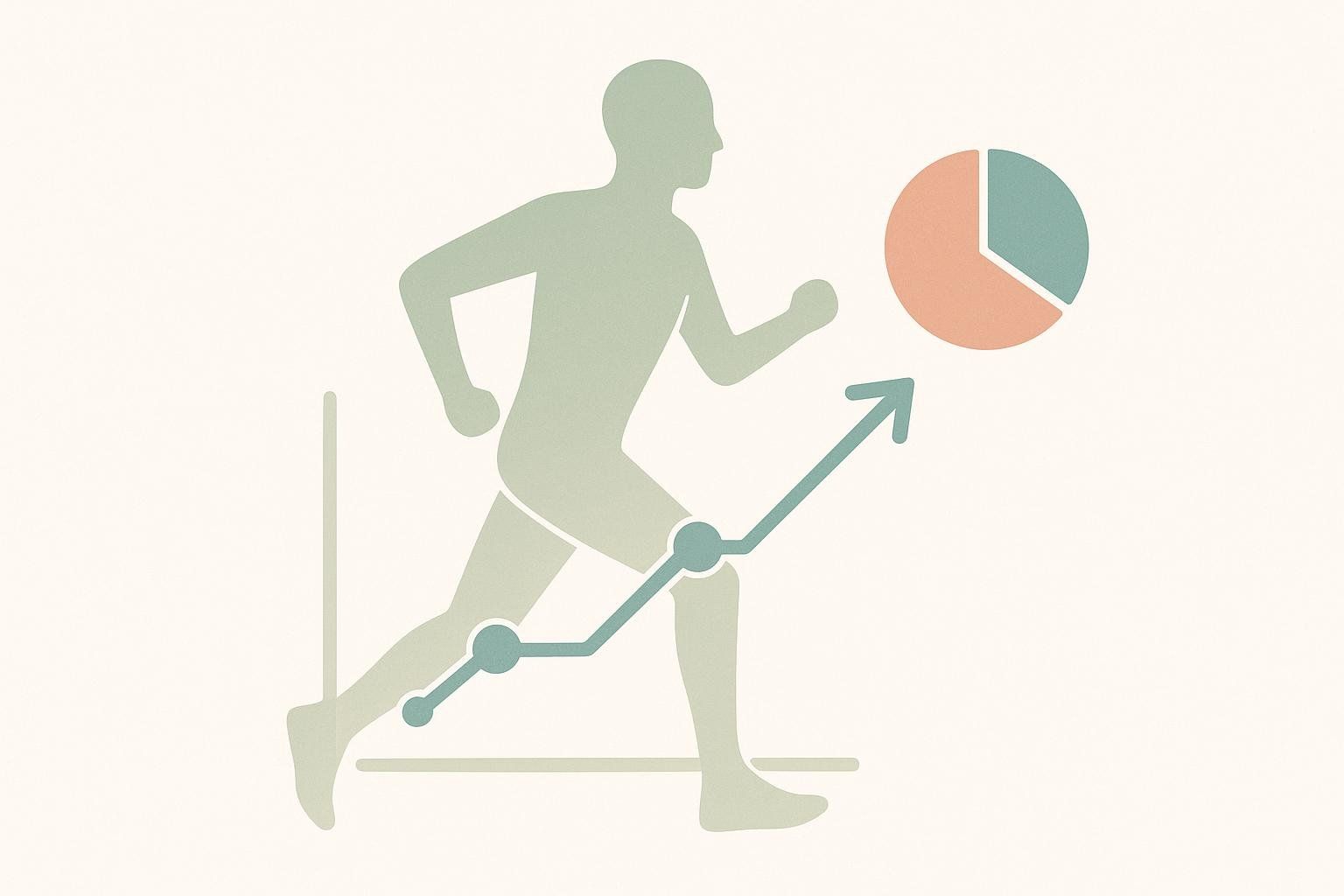
Why composition beats the scale: Body Composition vs Weight
How BodySpec delivers ±0.5% scan‑to‑scan repeatability under consistent prep: BodySpec DEXA Scan Accuracy Guide
